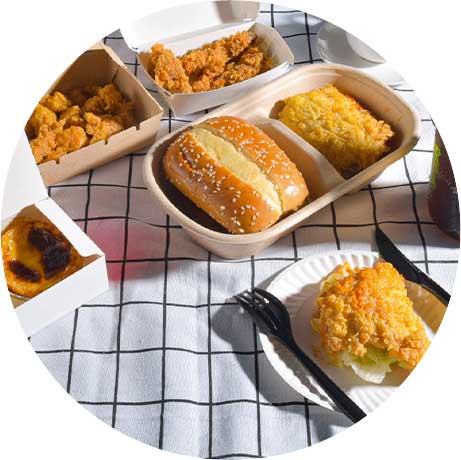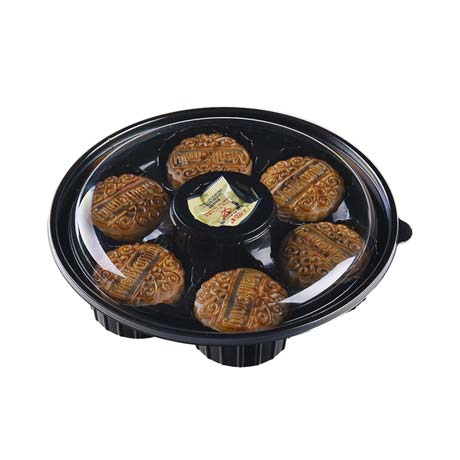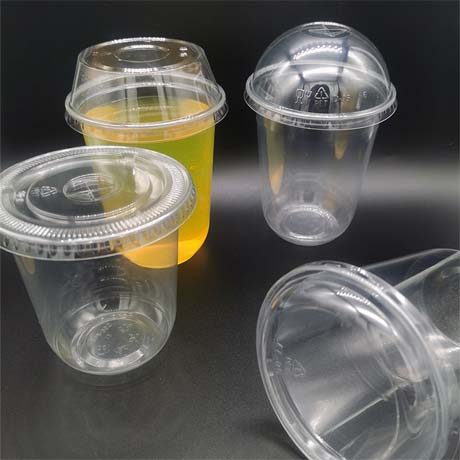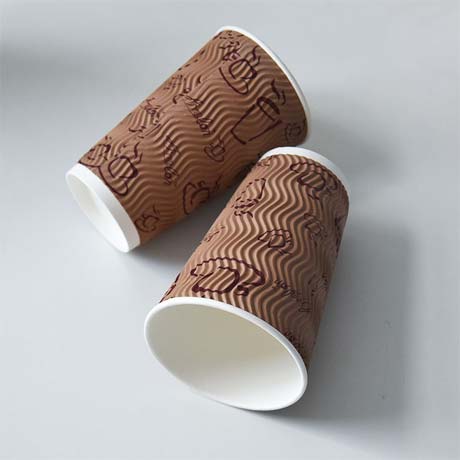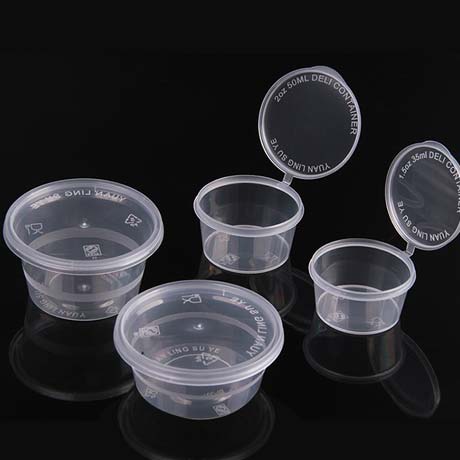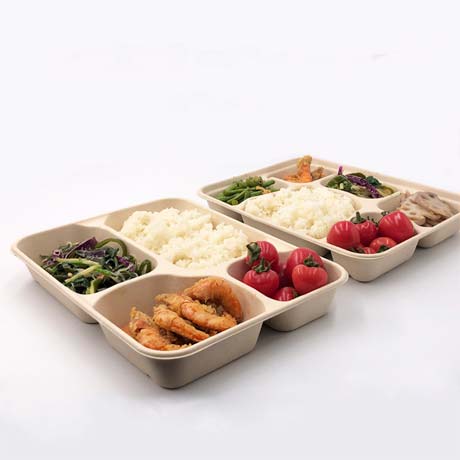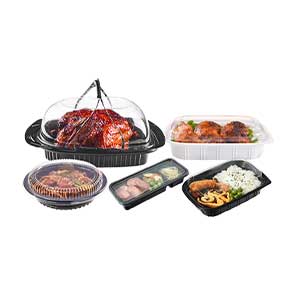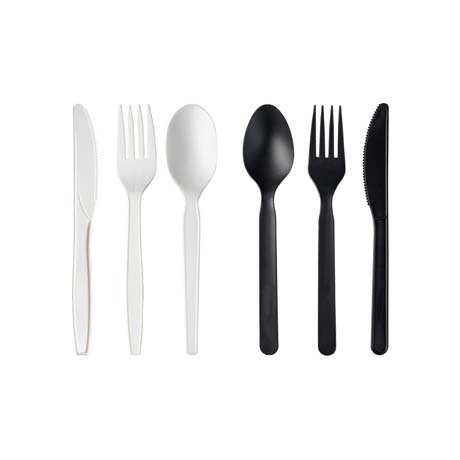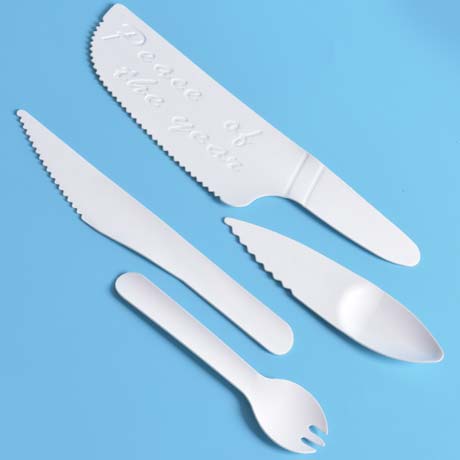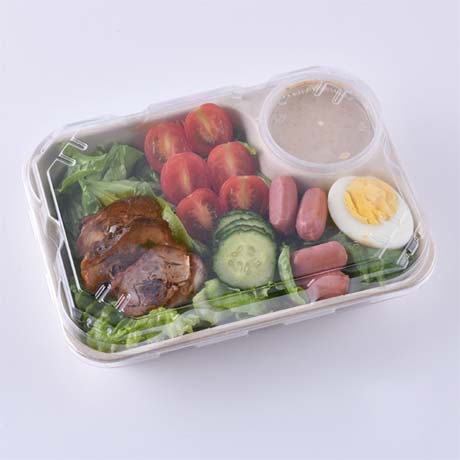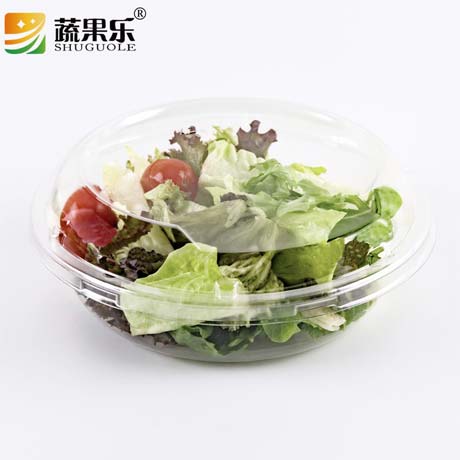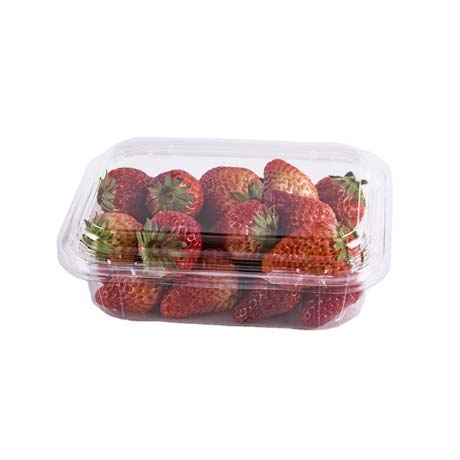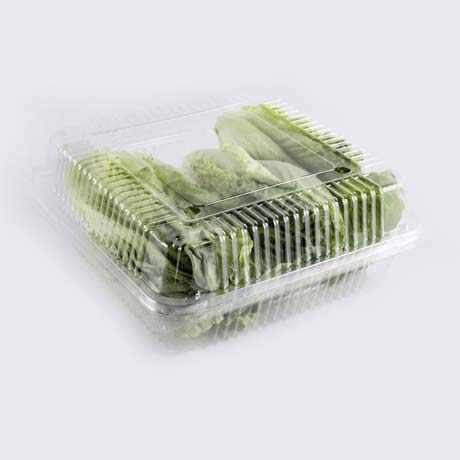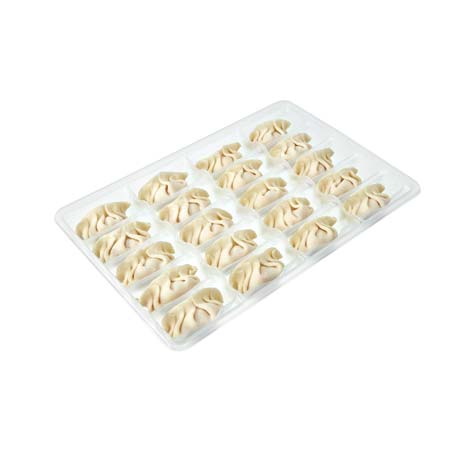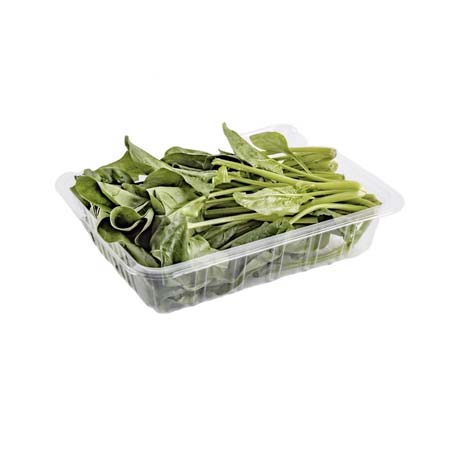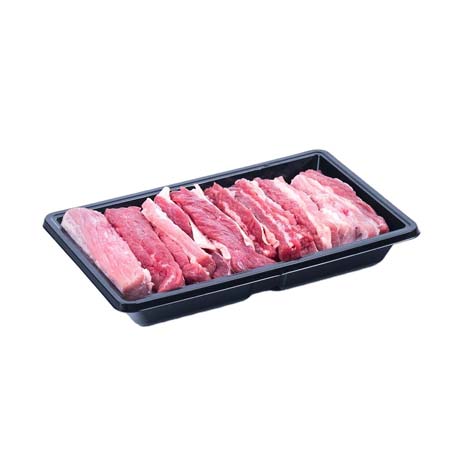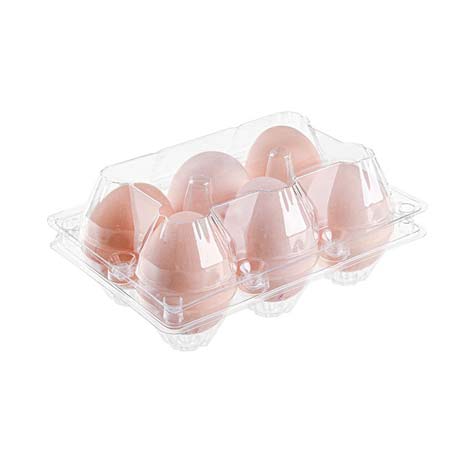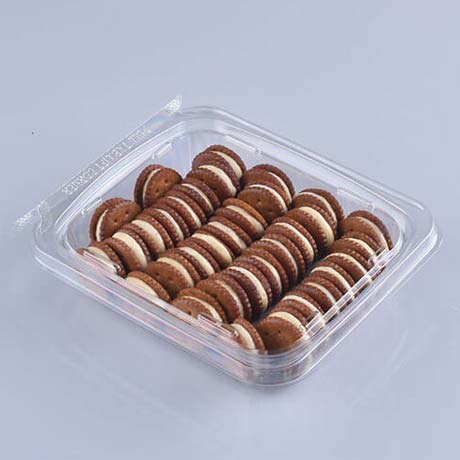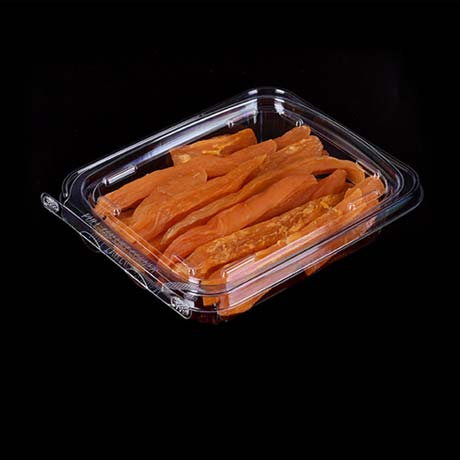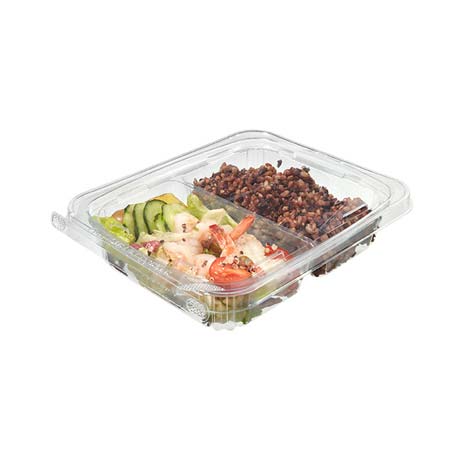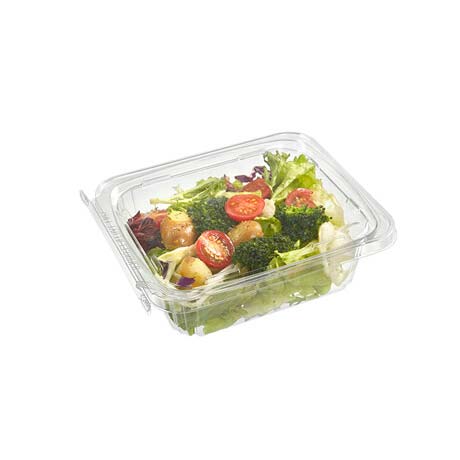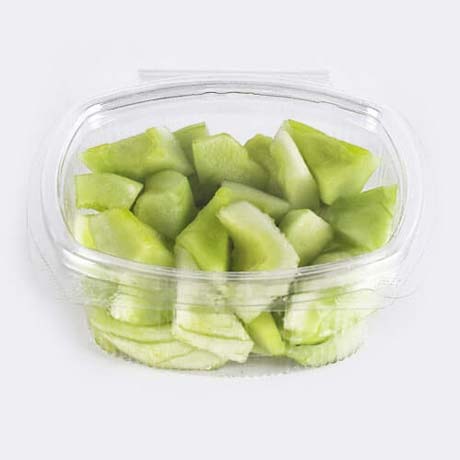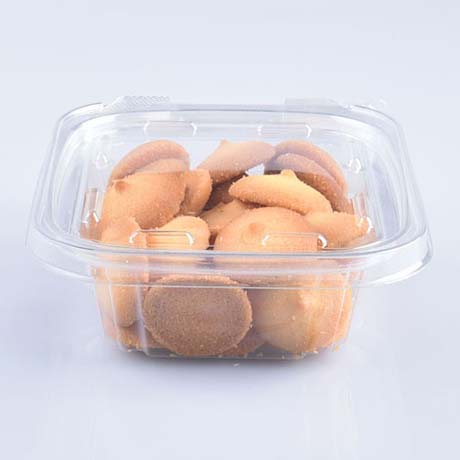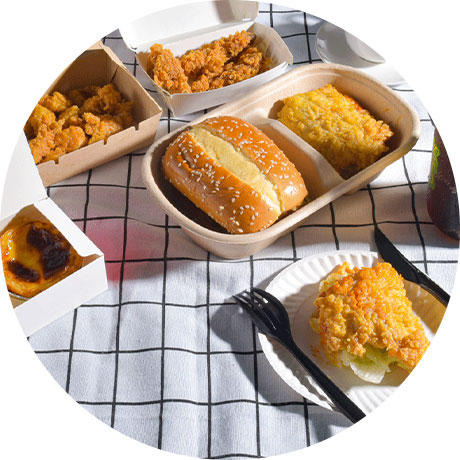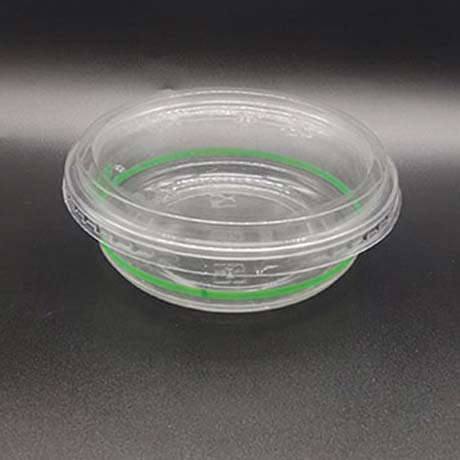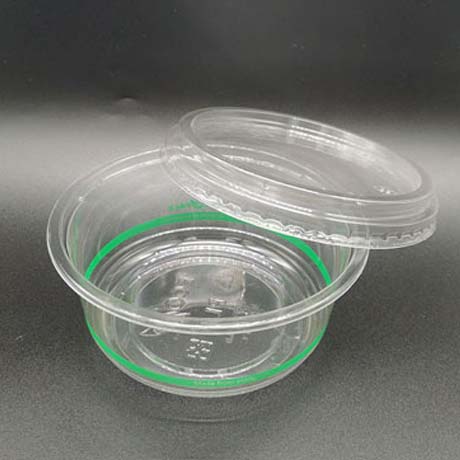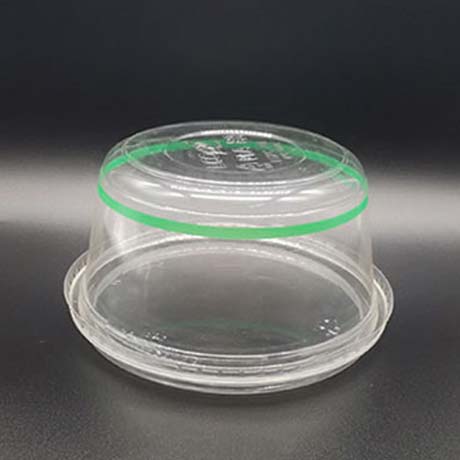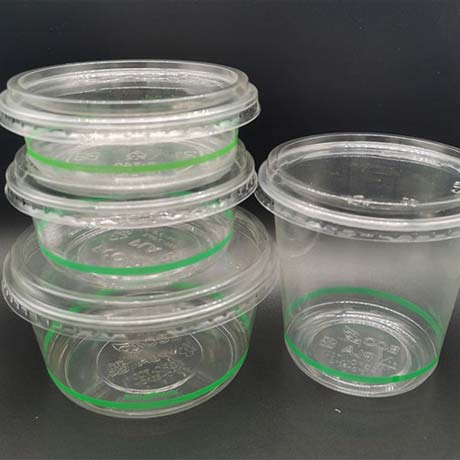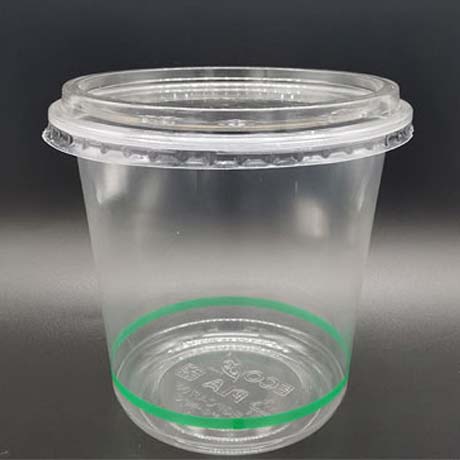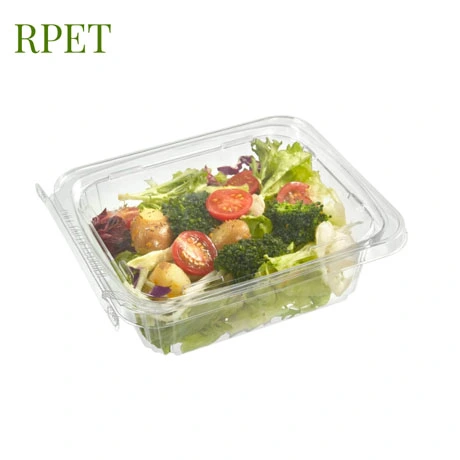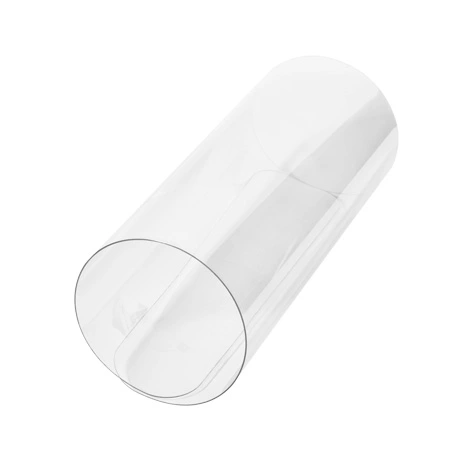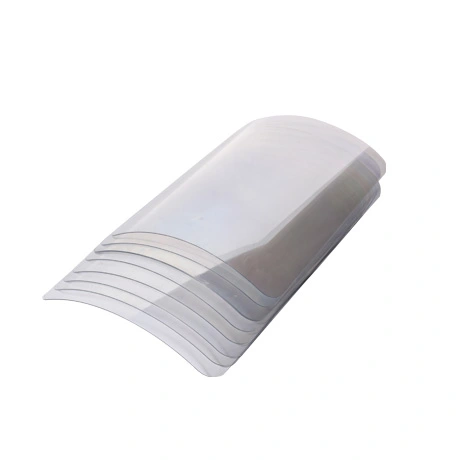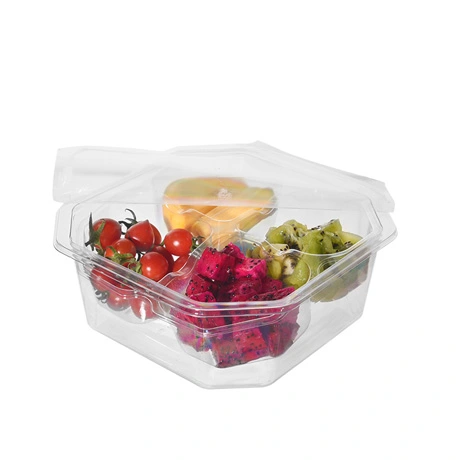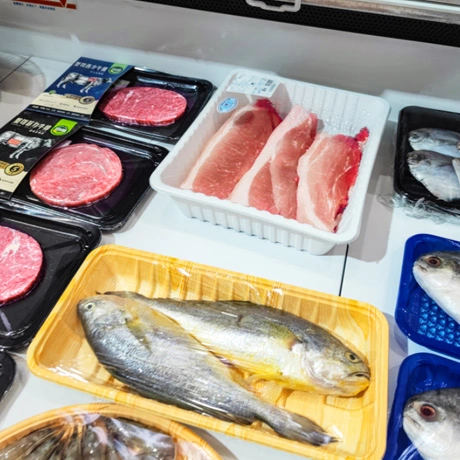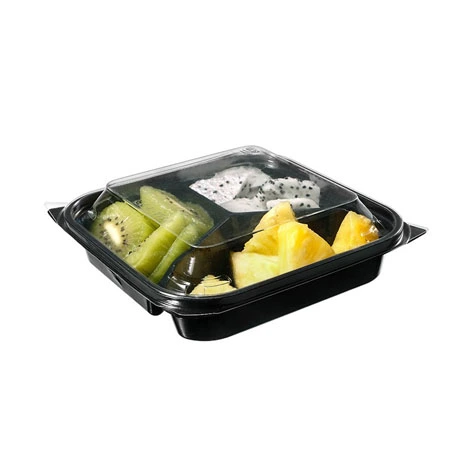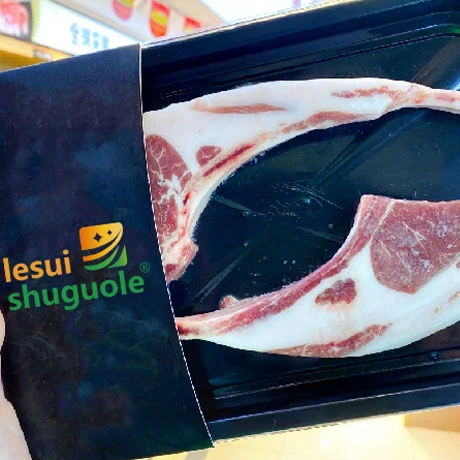Top 10 Biodegradable Materials for Sustainable Food Packaging
Biodegradable materials offer a sustainable solution for food packaging. These materials decompose naturally, reducing waste and pollution. Food biodegradable materials provide eco-friendly alternatives.
They protect the environment while maintaining food safety and freshness. Their adoption supports a greener future and minimizes environmental harm.
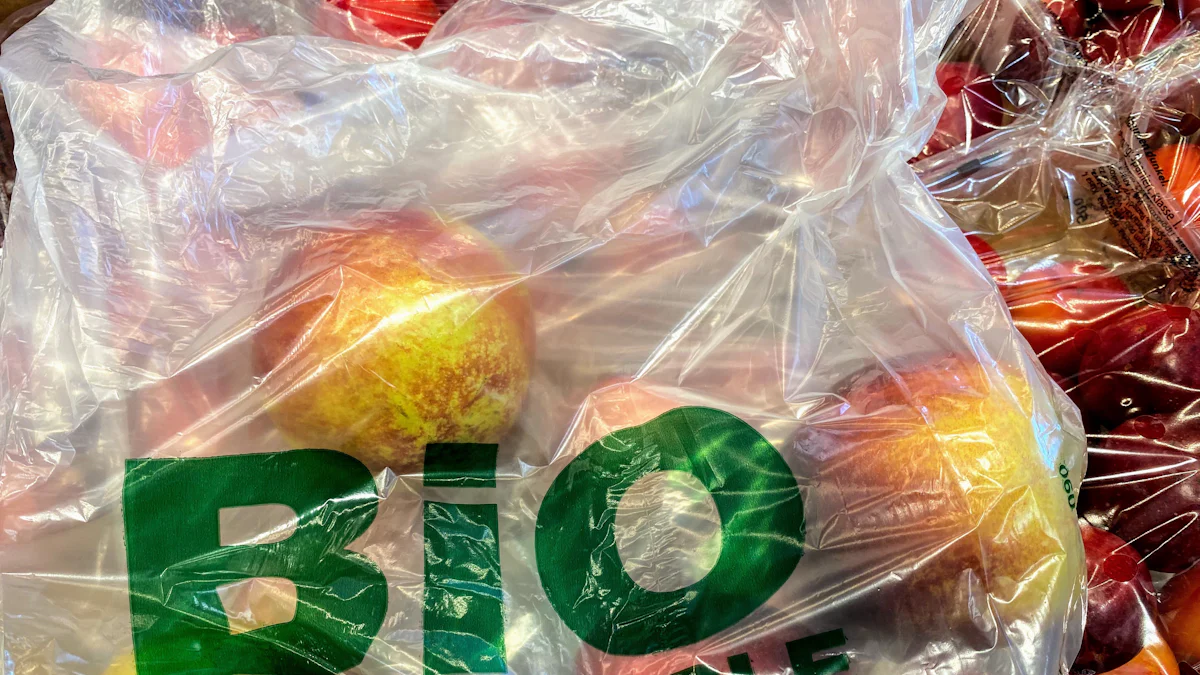
Understanding Biodegradable Packaging
Characteristics of Biodegradable Materials
Biodegradable materials possess unique properties that make them ideal for eco-friendly packaging. These materials decompose naturally when exposed to microorganisms, moisture, and oxygen. They leave behind no harmful residues, ensuring minimal environmental impact.
Many biodegradable materials are derived from renewable resources like plants, starch, or agricultural byproducts. Their lightweight nature and durability make them suitable for various packaging applications, including food storage and transportation.
Unlike traditional plastics, biodegradable packaging materials break down within months rather than centuries. This rapid decomposition reduces landfill waste and prevents pollution. Additionally, these materials often require less energy to produce, further contributing to sustainable practices.
How Biodegradable Packaging Works
Biodegradable packaging undergoes a natural breakdown process facilitated by environmental factors. Microorganisms such as bacteria and fungi consume the material, converting it into water, carbon dioxide, and organic matter. This process occurs in composting facilities, industrial settings, or even in natural environments under the right conditions.
The speed of decomposition depends on the material type and environmental factors like temperature and humidity. For example, plant-based plastics may require industrial composting, while starch-based packaging can degrade in home compost bins. By mimicking nature’s recycling process, biodegradable packaging helps close the loop in waste management.
Common Myths About Biodegradable Materials
Several misconceptions surround biodegradable packaging:
All biodegradable materials decompose in any environment. In reality, some require specific conditions, such as high heat or controlled composting facilities.
Biodegradable packaging is less durable. However, many options are strong enough to protect food during storage and transport.
Biodegradable materials are always more expensive. While initial costs may be higher, long-term savings from reduced waste management and improved brand perception often outweigh the expense.
Top 10 Biodegradable Materials for Food Packaging
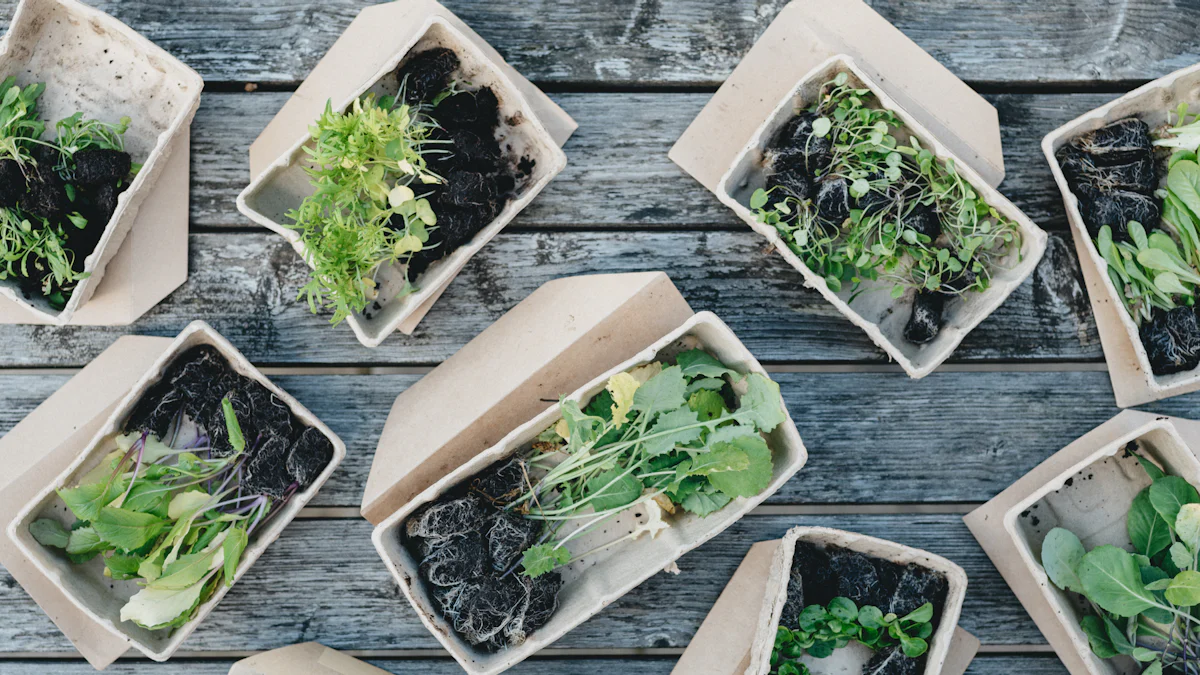
Paper and Cardboard
Paper and cardboard are among the most widely used food biodegradable materials. These plant-based options are lightweight, versatile, and cost-effective. They work well for packaging dry foods like cereals, snacks, and baked goods. Recycled paper can create eco-friendly packaging, reducing the need for virgin materials.
Paper and cardboard decompose quickly in composting environments, making them excellent compostable packaging materials. Their widespread availability and ease of use make them a staple in sustainable food packaging.
Cornstarch-Based Packaging
Cornstarch-based packaging is a popular choice for eco-friendly food packaging. Derived from corn, this plant-based material is renewable and biodegradable. It is often used for takeout containers, cutlery, and food wraps.
Cornstarch packaging offers durability while being compostable, breaking down into natural elements without harming the environment. Its ability to maintain food freshness makes it a reliable option for eco-friendly packaging.
Polylactic Acid (PLA)
Polylactic Acid, or PLA, is a biodegradable plastic made from fermented plant sugars, typically from corn or sugarcane. It is commonly used for food packaging materials like cups, lids, and trays.
PLA mimics the properties of traditional plastics but decomposes under industrial composting conditions. Its versatility and plant-based origin make it a key player in sustainable packaging solutions.
Bagasse (Sugarcane Fiber)
Bagasse, a byproduct of sugarcane processing, is a durable and eco-friendly packaging material. It is often molded into plates, bowls, and takeout containers. Bagasse is heat-resistant and suitable for both hot and cold foods.
As a compostable material, it breaks down naturally, leaving no harmful residue. Its use supports the concept of molded fiber packaging, reducing reliance on non-renewable resources.
Mushroom Packaging
Mushroom packaging is an innovative solution made from agricultural waste and mushroom roots (mycelium). This material is entirely biodegradable and compostable. It is ideal for protecting fragile food items during transport.
Mushroom packaging offers a sustainable alternative to foam or plastic, aligning with the principles of eco-friendly packaging.
Seaweed-Based Packaging
Seaweed-based packaging is gaining attention as a sustainable food packaging option. Made from algae, this material is edible, biodegradable, and renewable. It works well for wrapping snacks, sauces, and other food items.
Seaweed packaging decomposes quickly, making it one of the most eco-friendly packaging materials available.
Palm Leaves
Palm leaves are another plant-based material used for food packaging. They are often crafted into plates, bowls, and trays. Palm leaf packaging is sturdy, heat-resistant, and compostable. It provides a natural and rustic look, making it a popular choice for eco-friendly food packaging at events and restaurants.
Edible Packaging Films
Edible packaging films are made from plant-based ingredients like starch, proteins, or seaweed. These films wrap food items and can be consumed along with the product. They eliminate waste entirely, offering a zero-waste solution. Edible films are particularly useful for single-serve portions of snacks or condiments.
Biodegradable Plastics (PHA)
Polyhydroxyalkanoates (PHA) are biodegradable plastics produced by microorganisms. These plastics are plant-based and decompose naturally in soil or water. PHA is used for food packaging materials like bottles, bags, and containers. Its durability and eco-friendly nature make it a promising alternative to traditional plastics.
Bamboo
Bamboo is a fast-growing, renewable resource used for bamboo and wood packaging. It is often crafted into food containers, cutlery, and trays. Bamboo packaging is sturdy, reusable, and biodegradable. Its natural aesthetic and sustainability make it a favorite for eco-friendly packaging solutions.
Benefits of Biodegradable Packaging
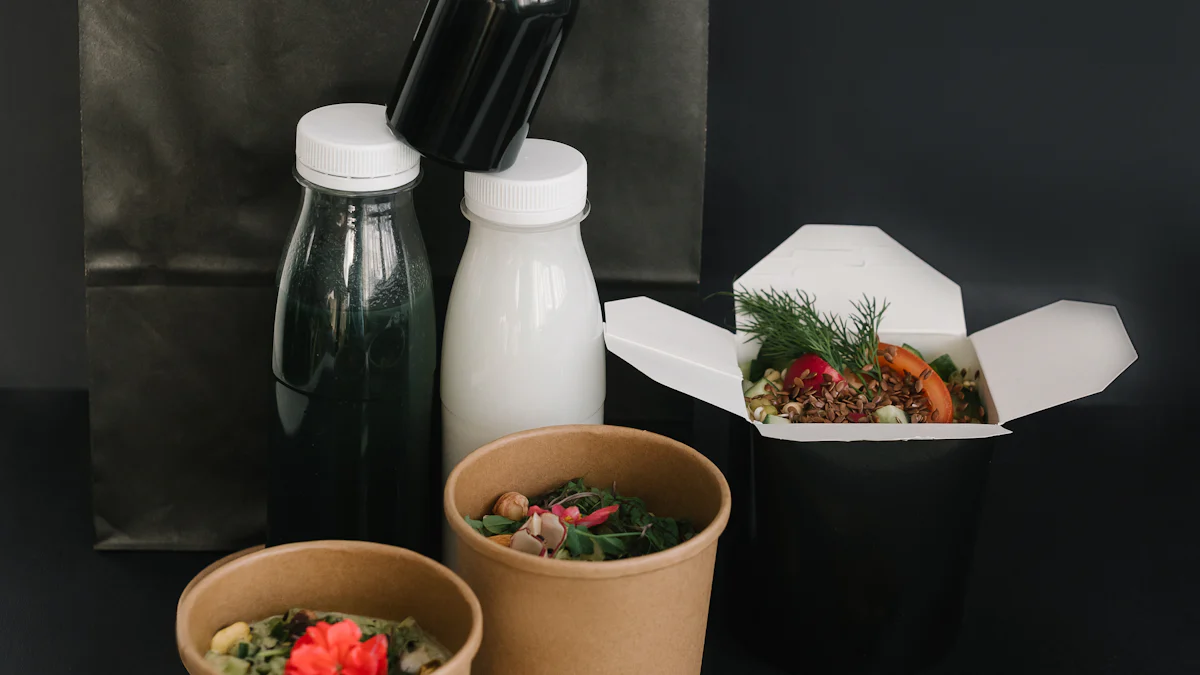
Environmental Advantages
Biodegradable packaging offers significant environmental benefits.
Unlike traditional plastics, it decomposes naturally, reducing waste in landfills. This process minimizes pollution and prevents harmful chemicals from leaching into soil and water.
Materials like biodegradable packing peanuts and plant-based plastics break down into non-toxic components, supporting a healthier ecosystem.
The use of biodegradable packaging also promotes sustainability.
Many of these materials come from renewable resources, such as plants or agricultural byproducts. This reduces reliance on fossil fuels and lowers carbon emissions during production.
By adopting biodegradable food packaging, businesses contribute to a circular economy where waste becomes a resource.
Business Benefits of Eco-Friendly Packaging
Eco-friendly packaging provides businesses with a competitive edge.
Consumers increasingly prefer brands that prioritize sustainability. Companies using biodegradable packaging can attract environmentally conscious customers and enhance their reputation. This shift often leads to increased customer loyalty and higher sales.
Switching to sustainable packaging can also reduce long-term costs.
Biodegradable materials often require less energy to produce and dispose of compared to traditional plastics.
Businesses may also save on waste management fees by using recyclable packaging materials.
These financial benefits make eco-friendly packaging a smart investment.
Consumer Appeal and Market Trends
Biodegradable packaging aligns with current market trends.
Consumers value sustainable practices and actively seek products with eco-friendly packaging. This demand has driven innovation in the packaging industry, leading to creative solutions like edible wraps and seaweed-based materials.
Biodegradable packaging also enhances the consumer experience.
For example, food packaged in sustainable materials often feels fresher and more appealing. Businesses that adopt these practices can differentiate themselves in a crowded market.
By meeting consumer expectations, they stay ahead of competitors and build lasting relationships with their audience.
Transitioning to Sustainable Food Packaging
Evaluating Current Packaging Practices
Businesses must first assess their existing packaging methods to transition to biodegradable packaging effectively. This evaluation involves identifying materials currently in use and determining their environmental impact.
Companies should analyze whether their packaging contributes to landfill waste or pollution. Understanding the lifecycle of these materials helps pinpoint areas for improvement.
A thorough review also includes examining packaging performance. Businesses must ensure that eco-friendly packaging solutions meet the same standards for durability and food safety.
By comparing traditional materials with compostable packaging materials, companies can identify sustainable alternatives that align with their operational needs.
Partnering with Biodegradable Packaging Suppliers
Collaborating with reliable suppliers is essential for adopting biodegradable packaging. These suppliers often provide a range of options. Building strong partnerships ensures consistent access to high-quality materials.
Suppliers can also offer guidance on selecting the most suitable packaging for specific food products. This collaboration streamlines the transition process and helps businesses maintain their commitment to sustainability.
Balancing Costs with Long-Term Sustainability
Cost considerations often influence decisions about packaging. While biodegradable packaging may have higher upfront costs, businesses should evaluate its long-term benefits. Reduced waste management expenses and increased consumer loyalty often offset initial investments.
By balancing costs with sustainability goals, businesses can achieve financial stability while contributing to environmental preservation. This approach ensures that eco-friendly packaging becomes a viable and lasting solution.
Conclusion
Biodegradable packaging materials play a vital role in reducing environmental harm. Options like paper, bioplastics, bamboo, and other plant-based packaging offer durability, sustainability, and compostability. These materials protect food while supporting eco-friendly practices.
 EN
EN
 CN
CN 
